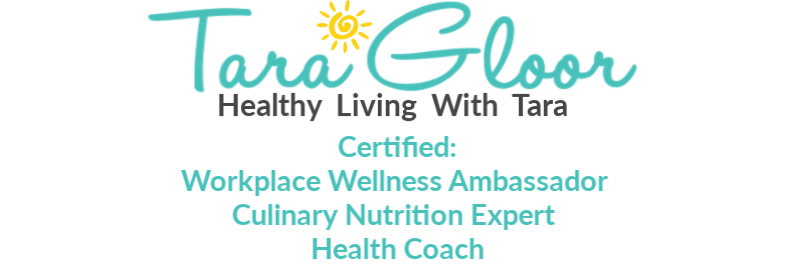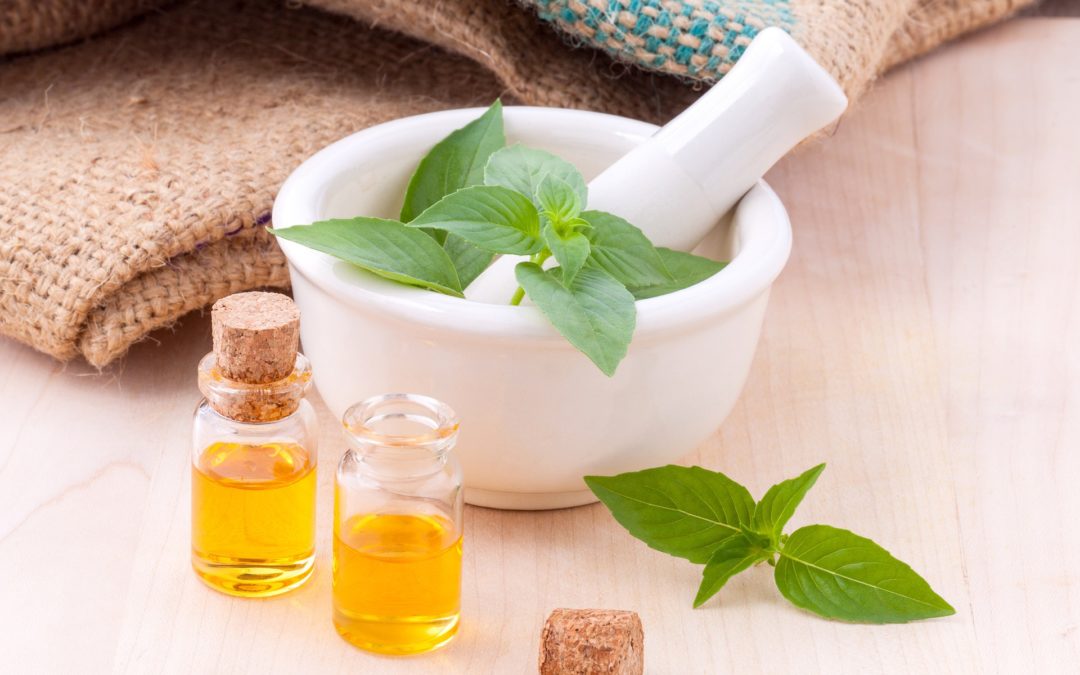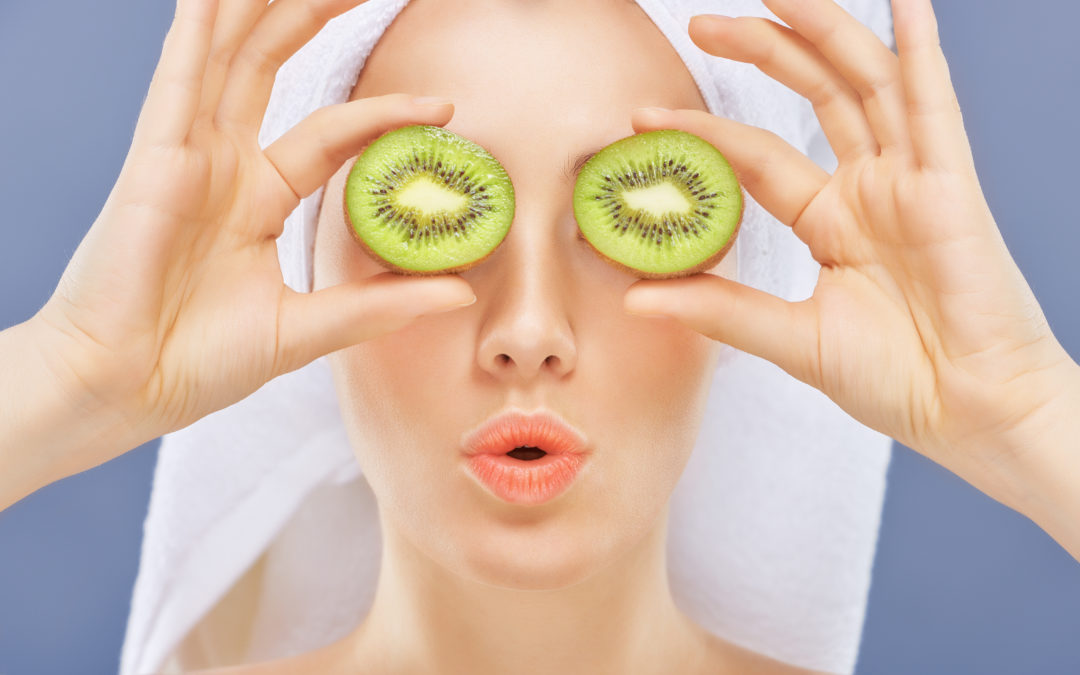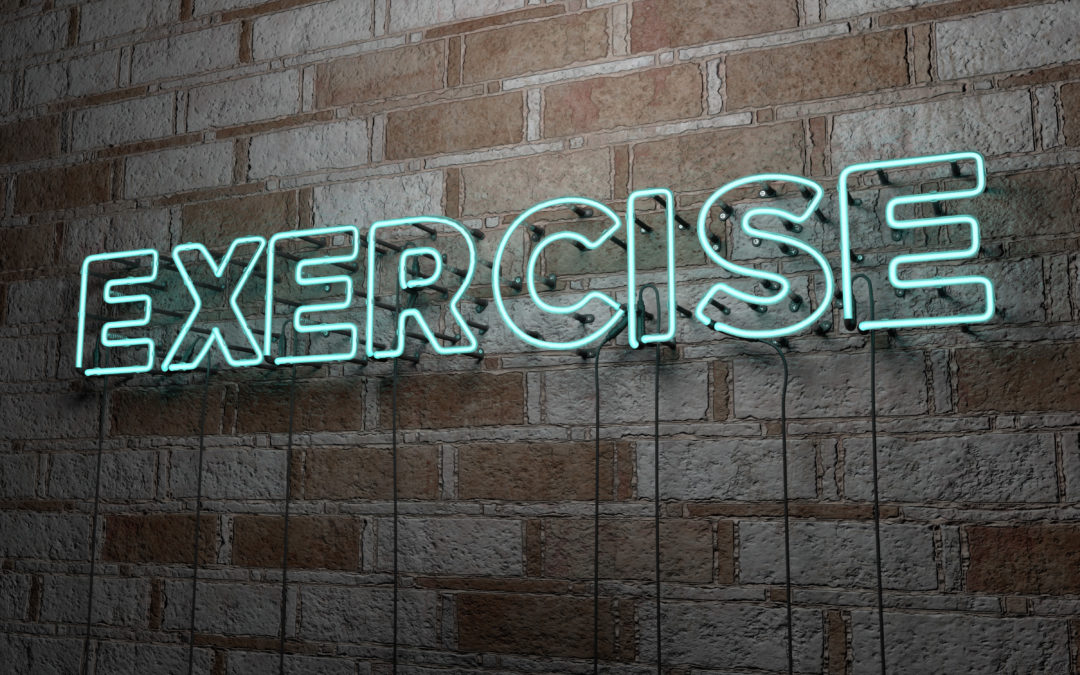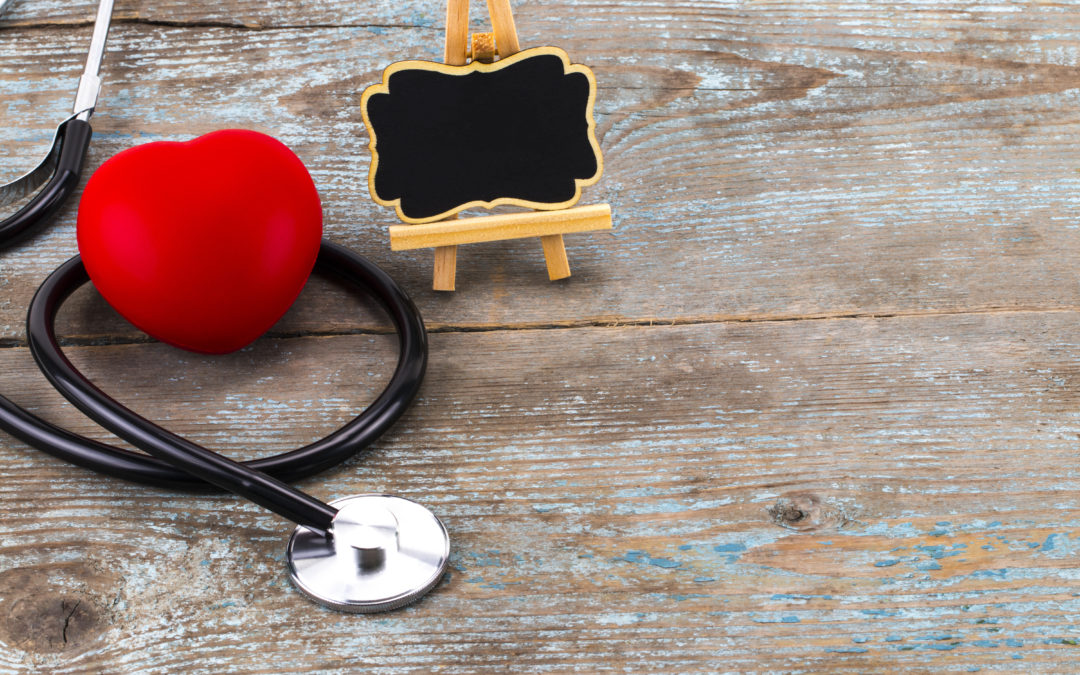
Which Foods Can Help With Blood Pressure?
Blood pressure is said to be the “#1 risk factor for death and disability in the world.”
If you have high blood pressure, it’s best that you are monitored by your healthcare professional. And if you’re on medication for high blood pressure never change that without speaking with a medical professional.
Today, we’ll talk about what exactly blood pressure is, and which foods and lifestyle factors can help with it.
What is high blood pressure?
It’s something your doctor commonly checks. You can even do it yourself in many pharmacies, or purchase at-home blood pressure monitors. It measures how hard your blood is pushing against the walls of your blood vessels.
If your vessels are stiff, the pressure increases. It’s important to get your blood pressure checked regularly because for many people there are no symptoms as it slowly creeps higher and higher.
This measurement is important because elevated high blood pressure for too long can cause serious damage. In extreme cases, it can result in blindness, kidney damage, stroke, or even a heart attack.
Here are a few of the foods and drinks that can help with blood pressure.
Eat more plants – This is key
If there is one thing you can to eat to help with blood pressure, it’s plants.
Plants increase your intake of many critical nutrients. Especially vitamins C, E, and folate; and minerals like magnesium, potassium, and sulfur. Not to mention the all-around health booster known as fibre. All of these nutrients are needed for optimal heart and blood health.
Some plants to eat more of include leafy greens (kale in particular), legumes, nuts/seeds, broccoli, cauliflower, and tomatoes.
Two plants I want to highlight in particular are flaxseeds and beets. A few tablespoons of ground flaxseeds a day is one of the best foods to help with blood pressure. Beets contain a blood pressure lowering substance called nitrate. Beet juice has been shown to reduce blood pressure within hours of drinking it.
Eat fewer processed foods
We’ve all heard the advice to reduce sodium intake for high blood pressure. Not surprisingly, most of the sodium in our diet is from the salt added to processed foods. It’s not from the dash or two on your homemade cooked-from-scratch dinner. Reducing processed food intake not only reduces sodium and sugar intake but also increases intake of more nutrient-dense less processed foods. Win-win.
Ditch the fast-food, takeaways, restaurant meals, and convenience snacks. Replace them with some of the plants I mentioned above.
Ditch the caffeine… particularly if you’re sensitive to it
Coffee has been shown to temporarily increase blood pressure. Its effects can last for up to three hours after drinking it. It may not be so bad if you’re not sensitive to it, but caffeine affects some people more than others. Some caffeine sensitivity symptoms include shakiness, worry, irregular heartbeat, or difficulty sleeping.
If you find caffeine affects you, then try switching to decaf or eliminating it altogether.
PRO TIP: Don’t drink a cup of regular coffee or have other sources of caffeine right before your next doctor’s appointment or blood pressure test.
Drink hibiscus tea
There is science behind the blood pressure lowering effects of hibiscus tea.
Several clinical studies have shown that it works. In one study, people drank two cups of strong hibiscus tea every morning. Those two cups were made using a total of five tea bags. This lowered the subjects’ blood pressure as much as a blood pressure medication.
Lifestyle
In addition to food, know that a number of lifestyle factors can be helpful too.
- First of all, if you smoke, really focus on quitting.
- If you drink alcohol, don’t overdo it.
- If you’re seriously stressed, try meditating, yoga, deep breathing, walking in nature, or any other way that busts your stress.
- If you don’t exercise, start small. Also try not to overdo exercise if you already have high blood pressure.
Conclusion
High blood pressure can be a silent, and all-too-common issue. Elevated blood pressure puts you at risk for serious diseases.
If you have elevated blood pressure, you should be regularly monitored by your healthcare professional, and never change your medications without his/her input.
Some of the key food and lifestyle upgrades that can help with blood pressure are:
- Eating more plants, particularly ground flaxseeds and beets
- Eating fewer processed foods
- Ditching caffeine if you’re sensitive to it
- Drinking hibiscus tea
- Quitting smoking
- Not overdoing alcohol
- Reducing stress
- Exercising wisely
Recipe (Blood pressure balancing): Smoothie Bowl
Serves 1
Ingredients:
- 1 cup kale
- ½ cup berries (your favourite kind)
- ½ cup beets, raw, diced
- ½ banana
- 2 tbsp flaxseeds, ground
- 1 dash cinnamon
- ½ cup almond milk, unsweetened
Instructions: Add all ingredients to blender in order listed. Blend until smooth.
Serve & enjoy!
Tip: Feel free to top with a few berries or a sprinkle of cinnamon.
Thanks for reading and keep well,
